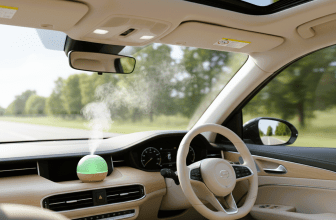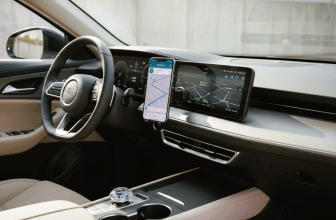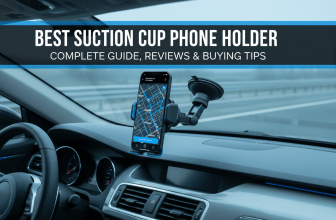Car Sun Visor: A Simple Fix for Glare and Eye Strain.
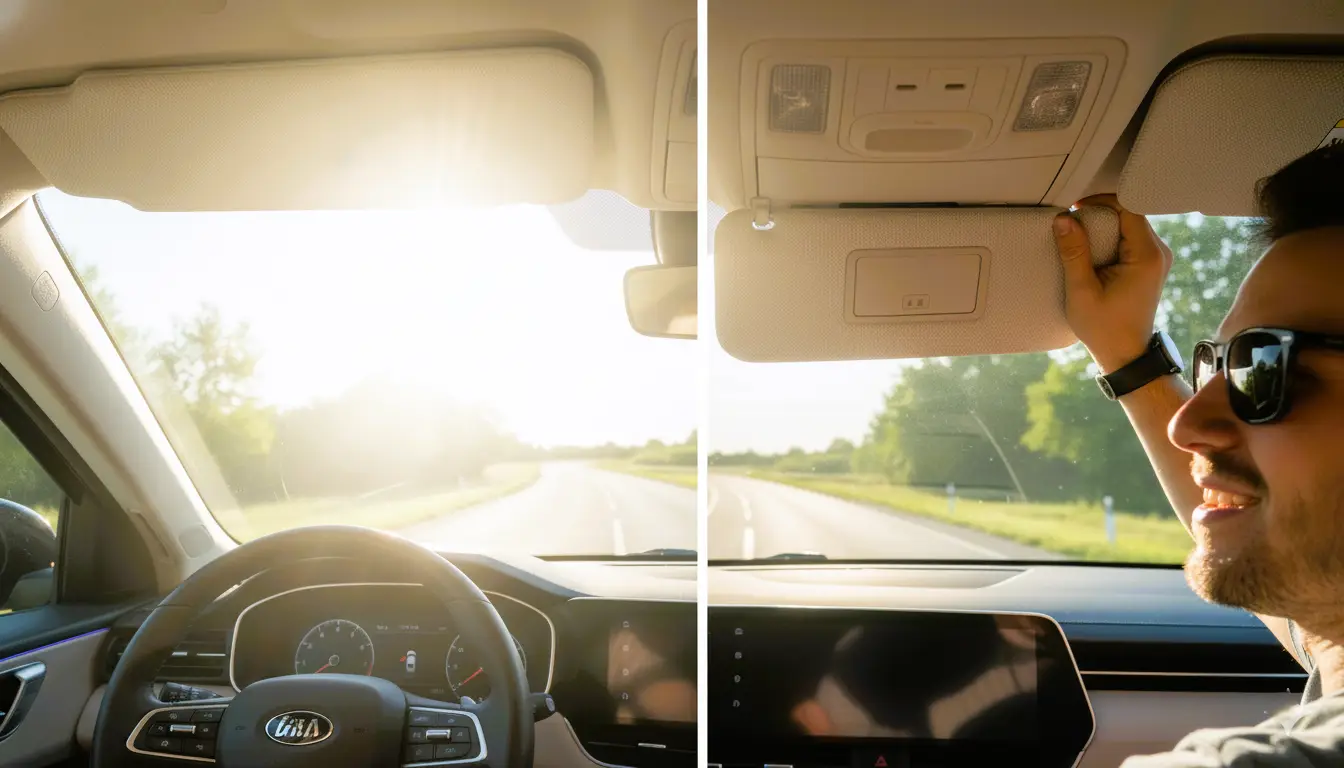
The car sun visor improves your driving comfort instantly. Block harmful UV rays, reduce glare, and make every ride safer and more enjoyable. I’ll admit something most drivers won’t. For years, I ignored that little flap above my head. The simple car sun visor didn’t seem important. Then one bright afternoon drive proved me wrong.
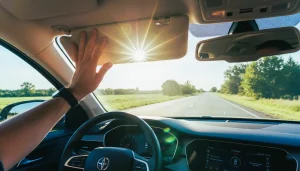
It was rush hour, and the sun sat low, glaring straight through my windshield like a spotlight on my poor, unprotected eyeballs. I flipped the shade down, adjusted it slightly, and like magic, the world came back into view. No more squinting, guessing where the road was heading.
It might look simple. Just a piece of plastic and fabric. But it’s one of the most overlooked tools for driving comfort. Whether it’s a morning commute or a weekend drive, a good visor saves me from bright glare, sudden headaches, and those “oops, missed the turn” moments.

That’s when I realized this small, often-ignored accessory is one of the most essential parts of your car’s comfort and safety system. It doesn’t get the hype that gadgets like dash cams or smart plugs do, but it quietly saves your eyes (and maybe your bumper) every single day.

Here’s what you’ll learn in this guide:
- The real reason car sun visors matter more than most people think.
- The different types of visors—and how to pick the right one for your car.
- My experience with automatic sun visors (and why some are genius while others… not so much).
- When a sun visor extender actually helps, and when it’s just extra clutter.
- Smart installation and care tips to keep your visor from drooping mid-drive.
- My honest recommendations based on what actually works—not what just sounds fancy.
What Exactly Is a Car Sun Visor?
At its core, this is a simple shield installed inside the cabin, usually above the windshield. Its job? To block or reduce the sunlight that hits your face while driving. But that’s the boring definition.
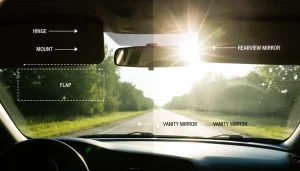
In truth, it’s more like your car’s own pair of sunglasses. Always ready when the sun decides to make driving tough. You just flip it down or to the side, and suddenly that blinding glare turns into manageable brightness.
Think of it as the quiet hero of your daily drive. It helps you stay focused. Your eyes feel less tired. Long trips become easier and far less draining.
Why You Actually Need One
Most people assume sun visors are just for comfort. Sure, they make the cabin a little cooler, but there’s more at play here.
Here’s what I’ve noticed after driving for years and testing multiple designs:
- Improved visibility: Even a short burst of glare can make it impossible to see pedestrians, signals, or brake lights ahead.
- Less eye fatigue: Constant squinting can cause headaches and reduce reaction time.
- Better interior protection: They reduce UV exposure on your dashboard and steering wheel, preventing cracks and discoloration.
- Temperature control: By minimizing direct sunlight, they help keep the front cabin cooler.

You don’t really appreciate how much difference that makes—until you drive without one for a week.
Types of Car Sun Visors (and Which One You’ll Actually Like)
Over the years, I’ve learned that there’s no one-size-fits-all. Depending on your driving habits, climate, and car model, the best pick can vary a lot.
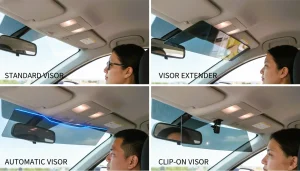
Let’s break them down:
-
The Standard Flip-Down Shade
This is what most cars come with from the factory. It’s simple: a rectangular panel that swings down when needed. No fancy parts, no electronics.
The pros? It’s sturdy, reliable, and free. The downside? Limited coverage. If the sunlight hits from an angle, you’ll find yourself tilting your head like a confused pigeon to block it.
Still, it’s a classic for a reason—it works well enough for daily city driving.
-
The Extender Add-On
Sometimes, that built-in shield just isn’t long or wide enough. That’s where an extender comes in.
It attaches to your existing shade (usually with a clip or slide mechanism) and adds a few extra inches of coverage. For me, this is a lifesaver during early morning highway trips, when the sun is just low enough to bypass the regular panel.
Tip: go for one with adjustable transparency or tinted film. Some even include polarized lenses to reduce glare, which feels like driving with invisible sunglasses.
-
The Automatic or Smart Variant
Now we’re talking luxury. These are high-tech versions that automatically darken when sunlight gets intense, using light sensors or photochromic panels.
I tested one recently, and honestly, it felt futuristic, like my car suddenly got smarter. No more fiddling with angles mid-drive; it adjusts itself instantly.
Yes, it’s pricier than a regular one, but if you spend hours on the road daily, the comfort and convenience make it worth every penny.
-
Universal Clip-On Shields
Perfect for rental cars or older vehicles with damaged visors. They clip onto almost any existing frame and often include secondary tinted layers or flip-down transparent panels.
The best part? You can install one in seconds and remove it whenever you want. They’re lightweight, travel-friendly, and come in a wide range of designs.
Just stay away from the really cheap plastic ones. They bend in the heat and make annoying squeaks every time you hit a bump.
Key Features to Look For Before Buying
If you’re in the market for a new one, here’s what I always check:
- Adjustability: It should move smoothly and stay where you set it. Nothing’s worse than a floppy sun shade mid-drive.
- Material durability: Heat-resistant plastic, leather, or fabric that won’t crack or fade under constant sunlight.
- Ease of installation: Ideally, tool-free. Clip-ons or magnetic mounts save tons of time.
- UV protection: Look for UV400-rated film or coatings that actually block harmful rays.
- Coverage area: Extended or wraparound panels give you better control during low-angle sunlight hours.
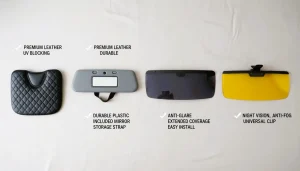
It’s tempting to buy the cheapest one available, but the difference between a $10 and a $25 shade is often night and day, literally.
Why a Car Sun Visor Is Worth It
Here’s something I’ve learned the hard way: driving without proper shade can turn a calm trip into a squinting contest. A good visor keeps me focused, relaxed, and a lot less sweaty.
The benefits go beyond comfort.
- My dashboard and seats stay cooler.
- My car’s interior doesn’t fade as quickly.
- My morning commute feels less like a battle with the sun.

And there’s a safety bonus too, when glare is reduced, reaction time improves. That’s not just a nice-to-have; that’s the difference between seeing a stoplight and guessing one.
How I Pick the Right One for My Car
Choosing the perfect glare blocker comes down to how and where you drive.
Here’s my personal checklist:
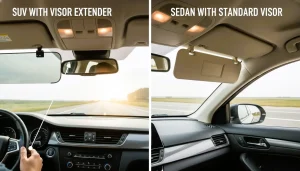
- Daily commute or long highway trips? I go for an extender or an automatic version.
- City driving mostly? A standard one does fine.
- Multiple drivers? Adjustable or clip-on styles are ideal since everyone’s height differs.
- Park outdoors often? Get one with UV reflection or mirror tint.
It’s all about function over form. A stylish visor that doesn’t block sunlight isn’t doing its job. And if you’re like me and enjoy testing gadgets, the automatic sun visor is worth trying. It’s functional and a bit of fun.
How to Install It (Without Calling a Mechanic)
You don’t need any tools or tech skills for this. Most visors install in less than 10 minutes.
Here’s my quick step-by-step:
- Align the mount or clip with your existing holder.
- Gently secure it in place, avoiding overtightening if screws are involved.
- Test the movement: flip it down, to the side, and back up.
- Adjust for coverage and comfort.
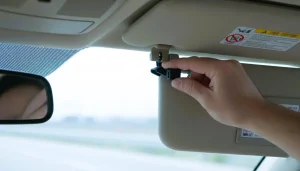
If you’re using an extender, make sure it doesn’t obstruct the rearview mirror. You want shade, not a blind spot.
Maintenance Tips That Actually Work
A little care goes a long way in keeping your shade looking new. Here’s what I do:
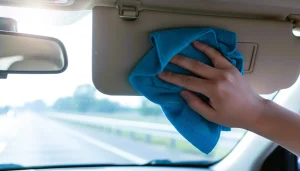
- Weekly wipe-down: A soft microfiber cloth removes dust and film buildup.
- Avoid harsh chemicals: Cleaners with ammonia can cloud plastic or peel coatings.
- Check hinges and clips: A quick tightening every few months prevents looseness.
- Store smartly: If it’s removable, keep it in a shaded area when parked.
It’s simple upkeep that adds years to your accessory’s lifespan.
Common Issues and Quick Fixes
Even the best sunshade isn’t perfect. Here’s how I handle common problems:
- It keeps falling: Tighten the mounting screw or replace worn clips.
- Limited coverage: Add a slide-on extender instead of buying a whole new setup.
- Squeaks when adjusting: A drop of silicone lubricant usually quiets it down.
- Plastic warping: That’s UV damage — time to replace it.
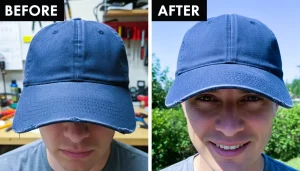
And remember, if your glare blocker interferes with your mirror view, reposition it immediately. Safety always comes first.
Extra Tips to Block Glare (Beyond Just the Visor)
Here’s something most people overlook: your car’s built-in shade isn’t the only defense. You can combine it with these add-ons for full protection:
- Polarized sunglasses: Cut horizontal glare from the road surface.
- Dashboard covers: Reduce reflection from glossy interiors.
- Tinted windows: Keep UV rays at bay while lowering cabin temperature.
- Retractable windshield shades: Perfect for parked cars under direct sunlight.
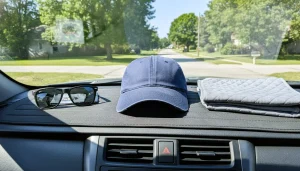
Together, these small additions make driving a lot easier on the eyes, especially during long road trips.
Best Car Sun Visor Picks (That I’ve Actually Tested)
Here are a few that impressed me enough to recommend:
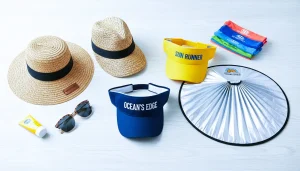
- WeatherTech SunShade – Premium build, precise fit, excellent heat reflection.
- EcoNour Car Sun Shade Extender – Budget-friendly, great side-window coverage.
- AutoTech Zone Custom Fit – Durable material with near-perfect windshield coverage.
- NMOISS Sunshade Umbrella – Innovative foldable design; doubles as a windshield cover.
- Sailead Sun Visor Extender – Polarized filter panel that reduces glare without darkening your view.
Each offers a mix of durability, usability, and real-world comfort.
FAQs

Q1: Can I replace the original shade myself?
Absolutely. Most replacements are DIY-friendly. If your car uses clips, it’s as easy as sliding the old one out and locking the new one in.
Q2: Do automatic visors drain the car battery?
No. They use minimal power and typically operate only when the car is running.
Q3: Are there universal visors that fit any vehicle?
Yes, clip-on models are designed to be compatible with most cars, SUVs, and trucks.
Q4: How often should I change it?
Usually every 3–5 years, or sooner if the hinges get loose or the surface starts to fade.
Q5: Can I use both a visor extender and tinted windows?
Definitely. They complement each other and provide optimal glare reduction.
The car sun visor doesn’t get enough credit. It’s one of those things you forget exists until you desperately need it.

A good one keeps you focused, comfortable, and safe. It protects your interior, shields your eyes, and makes daily driving a little less exhausting. Whether you stick with the standard panel, try an extender, or upgrade to an automatic model, it’s a simple investment that pays off every single day.
After all, driving should be about enjoying the ride, not fighting the sunlight.


